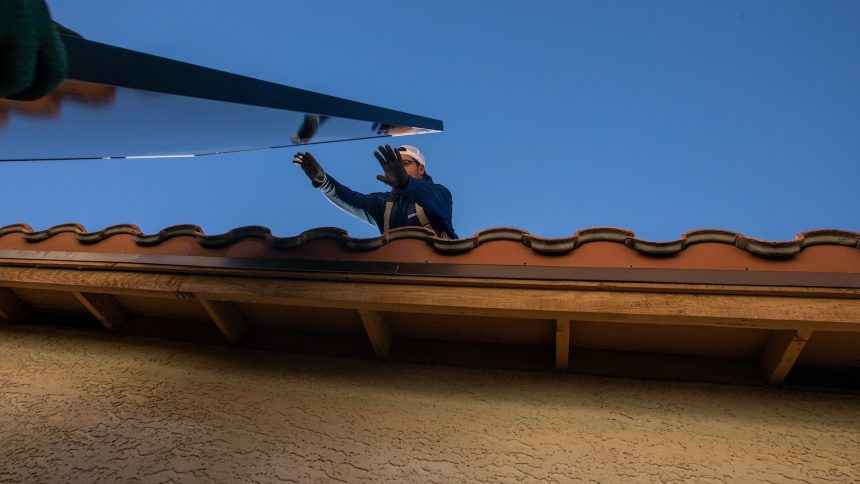Big, nonresidential buildings across the nation have the potential to harness the power of solar energy, benefiting disadvantaged communities in the process. A study by Stanford University indicates that installing solar panels on these expansive rooftops could supply up to one-fifth of the electricity required by marginalized neighborhoods. Currently, there exists an imbalance in electricity generation, with wealthy areas producing significantly more electricity than their less affluent counterparts.
The concept of the solar equity gap highlights the disparity in solar installations, particularly in residential settings. By leveraging the rooftops of commercial buildings, renewable energy can be made accessible to renters and homeowners who may struggle with the upfront costs of solar technology. Initiatives like Solar for All, supported by federal funding, aim to address this gap by promoting fair access to clean energy.
Utilizing advanced tools like Stanford’s DeepSolar database, researchers have identified opportunities to implement solar arrays on nonresidential buildings in disadvantaged areas across the U.S. Despite challenges, community solar projects have proven successful in enabling wider participation in the solar energy transition. Cities like Boston are embracing community solar models to empower communities and reduce reliance on fossil fuels.
As the landscape of solar energy evolves, new funding structures and incentives are expected to drive the expansion of community solar initiatives. By encouraging businesses to adopt solar solutions and share the benefits with local communities, a sustainable and inclusive energy future can be realized.






